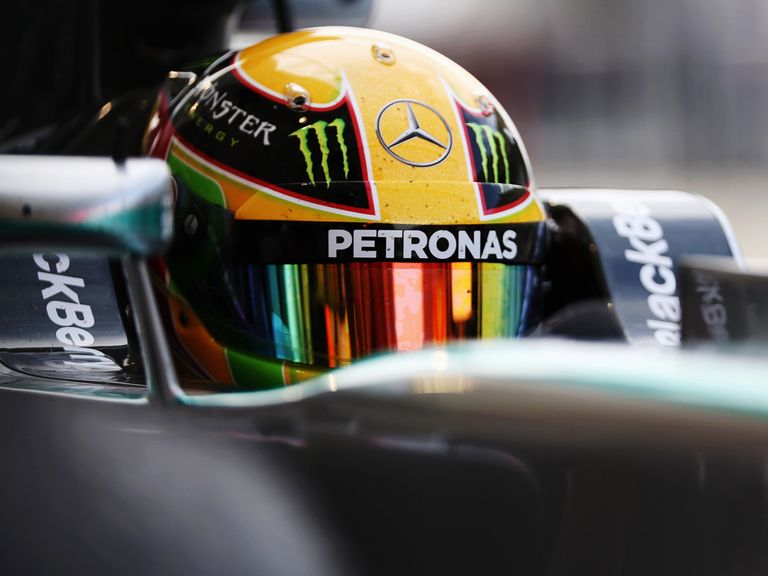trinidefender wrote:
Intercooler is also correct because you are cooling the air between two stages of compression. The turbocharger compression section and the piston compression section. Therefore it is and inter-stage-cooler.
Reductio ad absurdum?

Charge cooling layouts:
Direct charge-cooling by injection of fluid e.g. water -> engine
Supercharger -> aftercooler -> engine (this is the method usually refered to as "intercooling" in modern parlance)
Supercharger -> intercooler -> supercharger -> engine
Supercharger -> intercooler -> supercharger -> aftercooler -> engine
Pre-cooler (e.g. actively chilled surface over which the air passes) -> supercharger -> intercooler -> supercharger -> aftercooler -> engine. I wonder if this has ever been used...
The term "intercooler" has a specific meaning. Or at least it did until marketing and media types got hold of it.
If you are more fortunate than others, build a larger table not a taller fence.





